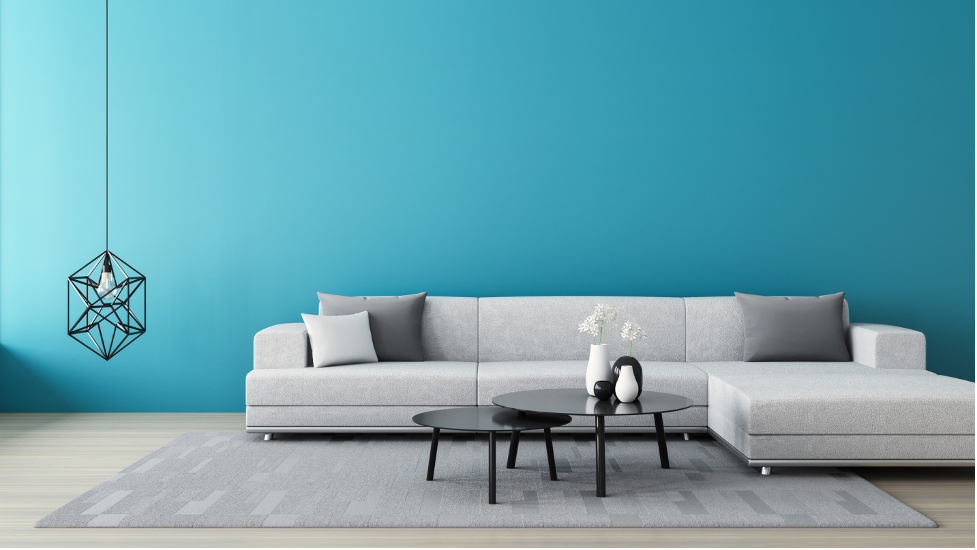Americans spent about $370 billion on home improvements during the first quarter of 2022. But you don’t need to break the bank to upgrade your home design and add value.
For example, smart interior decorating can enhance your living room design and improve your whole home’s look and feel. Have you considered living room decoration adjustments but don’t know where to start?
The following guide will explore 7 tips to help you design and decorate living room spaces with ease.
1. Make a Living Room Design Plan
First, decide what the vision for your living room is. Look through blogs, magazines, and sites such as Pinterest for inspiration. Pay attention to layouts, colors, and decorations, then note the things that stand out to you.
Once you have a point of reference for your living room design, you can start to develop your own unique ideas. Just make sure that the room’s design works for your lifestyle and determine your intention.
For example, you might want to use the living room to entertain and you’ll need ample seating. If you have small children, you might avoid furniture such as glass coffee tables. Ask yourself how you want to use the space and plan accordingly.
2. Measure and Layout Your Living Room
You’ll need to have an accurate square footage measurement before making any major changes to your living room. Proper measurements are crucial to selecting sizes for things like rugs, furniture, window treatments, and other decorations.
Once you have your measurements, you can make smart decisions about furniture placement. Often times a sofa serves as the focal point of a living room. Place your sofa and other large furniture along the room’s perimeter so they don’t block views or walkways.
Make sure that furniture pieces don’t obstruct windows or doorways. Check out Modern Digs Furniture for examples of sleek designs that help rooms of all sizes flow correctly.
3. Stick to Neutral Paint Colors
Consider sticking to neutral paint colors in your living room such as gray or cream. Avoid aggressive colors such as red or orange because they trigger our brains and make it harder to relax.
The living room is a core space in homes and using neutral colors ensures that it won’t come off as too extreme. Neutral colors also allow more freedom and flexibility when it comes time to decorate with artwork and other accents.
4. Use Color and Texture to Decorate
You can really express your personality with colorful and textured décor items in your living room. For instance, you can add texture to your couch by adding a blanket and throw pillows. Pillows are also a good way to bring a burst of color to the room.
You can add texture and color with decorations that hang on walls and sit on different surfaces, too. But make sure you don’t add too much to a particular area or it might appear cluttered and stressful.
Consider adding a mirror to your living room to reflect light and brighten things up. If you have a smaller living room, mirrors are also a great way to make things feel more spacious.
5. Choose Artwork That Speaks to You
You want all of the artwork in your home to appear cohesive, but it should also reflect your personal style. Depending on your room’s size and layout, you might want a few large art pieces or an entire gallery wall.
Instead of decorating all of your walls at once, focus on one at a time and work your way around the room. Try out different frames and use hanging plants and shelving to break up the space between art pieces.
6. Determine if the Room Needs a Rug
Rugs help break up living room spaces visually and can add a lot of color and texture. Even carpeted living rooms can benefit from adding rugs in certain situations.
Open floor plans benefit from rugs because they help define the living room area. Just remember that if the rug is too small for the area it might disrupt the room’s balance.
For smaller living rooms, a rug that’s too large might make other furniture appear smaller and less important. Although, it’s always better to go larger rather than smaller with rugs. Most rugs look best if they’re about 2 feet shorter than the smallest wall.
7. Use Plants
Typically, living rooms have a lot of natural light which makes them a great space for plants. Adding plants gives dimension to a living room and adds more color.
Adding plants to the room can help make it feel more relaxing and help alleviate stress. Plants can also help naturally purify the air and freshen up the living room.
Consider plants like snake plants, aloe vera, pothos, bamboo, and jade plants. They’re all relatively low maintenance and grow well indoors. Consider plants like the flamingo flower in its red or pink variation to add more color to the room.
It’s ok if you have a hard time keeping plants alive or don’t want the responsibility of maintaining them. Modern faux flowers and greenery look spectacular and help achieve the same visual effect as real plants.
Ready for an Improved Living Room?
Now you know 7 simple ways to enhance your living room design without spending a ton of money. It’s less about the price of furniture and decorations and more about the sizes, spacing, colors, and textures.
Remember our guide and start applying these techniques to your living room and watch the space transform. Check out our site’s home decor section for more helpful tips and tricks to redesign your home.



